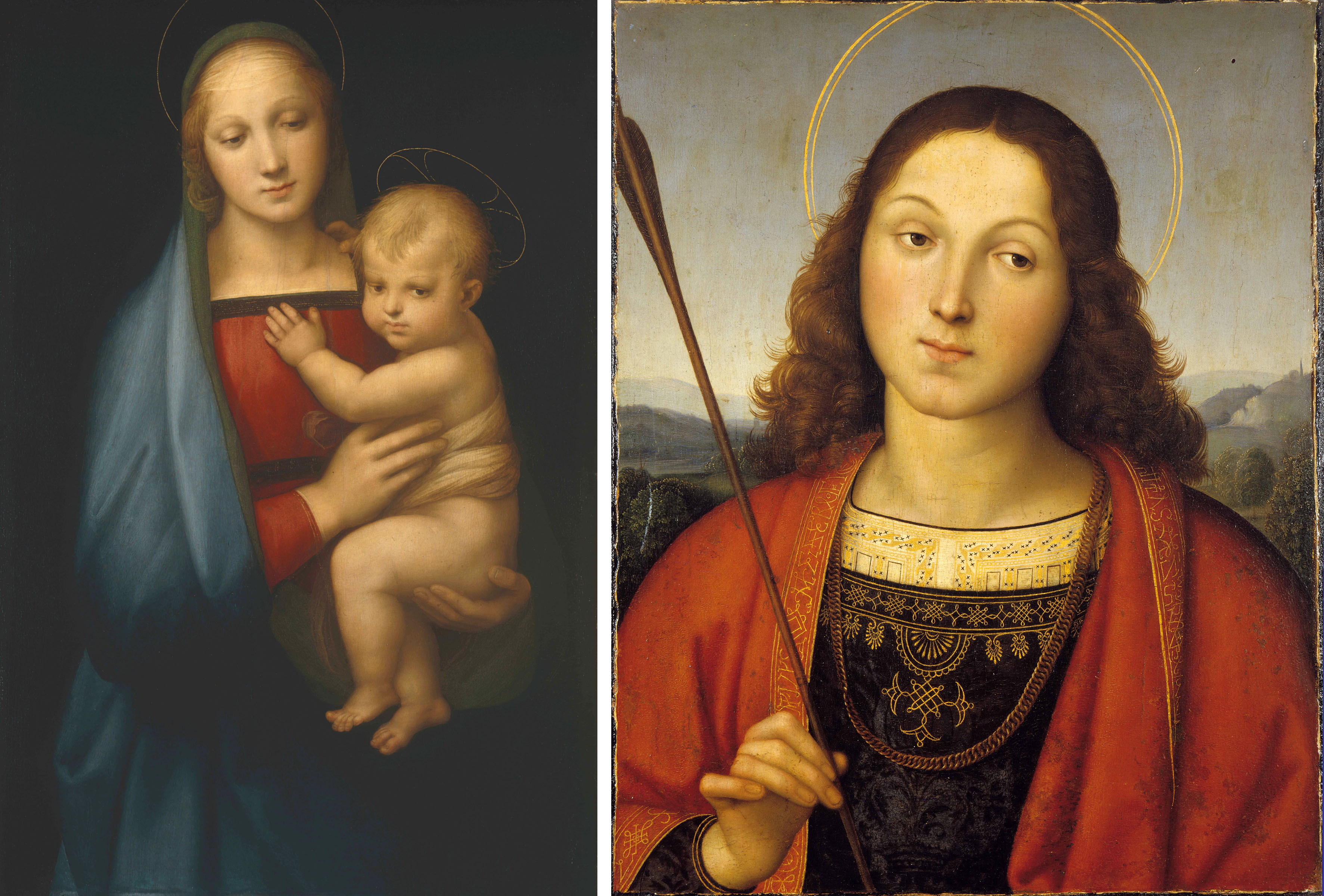Harmony can sometimes have a disconcerting side. This is one insight to emerge from the Raphael exhibition at the National Museum of Western Art, the centerpiece of which is one of the artist's acknowledged great works, the "Madonna del Granduca" (c. 1505).
In his major review of Western art, "The Story of Art" (1950), the renowned art critic, E.H. Gombrich, waxed lyrical about this masterpiece, calling it "truly classical in the sense that it has served countless generations as a standard of perfection in the same way as the works of Pheidias and Praxilteles." The reference to two of the greatest sculptors from the ancient world will perhaps be lost on most people today, but the painting definitely has something of the distant, timeless beauty evoked by such names.
As a religious painting depicting the Madonna with the infant Christ, the main challenge was to give the child at least equal or greater prominence in the composition, despite the disparity in sizes between the two figures. And as a master of composition, Raphael succeeded admirably.


















With your current subscription plan you can comment on stories. However, before writing your first comment, please create a display name in the Profile section of your subscriber account page.